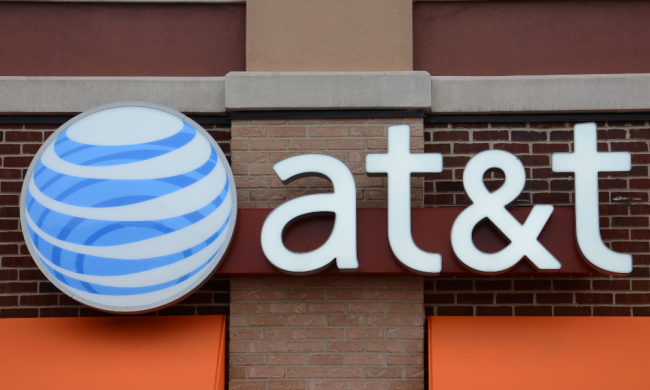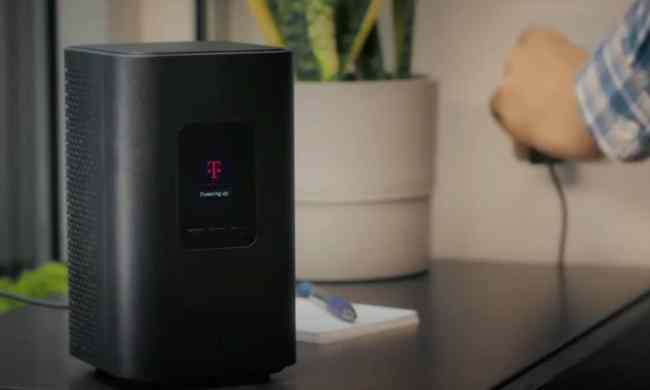
Most of the testing remains relegated to the lab, but 12 of those carriers have progressed to field testing. An additional four, meanwhile, have publicly announced plans for 5G rollouts.
The preliminary results are impressive. Five of the mobile operators have recorded data speeds of 35Gbps or more in 5G trials — fast enough to download a 5GB movie in roughly a second. Etisalat recorded the highest speed with 36Gbps, and Ooredoo the second-highest at 35.46Gbps. Optus, M1, and StarHub reached 35Gbps. And others reported speeds of up to 2Gbps.
They aren’t the only ones. NTT DoCoMo, in partnership with Chinese phone maker Huawei, achieved peak download speeds of more than 3Gbps during trials earlier this year. Samsung researchers in South Korea managed downloads of up to 1Gbps. And at the Consumer Electronics Show in January, AT&T said it expected its network to deliver speeds of 1Gbps thanks to “optimizations” and “thousands” of new antennas.
Other carriers are testing high-speed, next-gen connectivity in real-world environments. Verizon began deploying 1Gbps networks in select cities earlier this year, and Sprint said that it would deliver 1Gbps speeds in 2017. T-Mobile, meanwhile, claims that it’s the only carrier in the U.S. to have measured 1Gbps on its existing network.
It’s worth noting that most smartphones today can’t reach gigabit speeds, but new chips will change that. Intel recently announced the XM 7650, a new modem that delivers downloads up to 1Gbps across all carriers in the U.S. And Qualcomm’s X16 modem, which powers ZTE’s recently announced Gigabit-capable concept phone, can handle up to 1.2Gbps.
“The pace of 5G development is already beyond the expectations of many observers,” CTO of Viavi Solutions Sameh Yamany said in a press release. “Now, as the technical delivery of data is starting to coalesce, it is time to think ahead to how future 5G networks can manage the disparate requirements of high data rates, very low latency applications and large-scale IoT services, while maintaining quality of service.”


